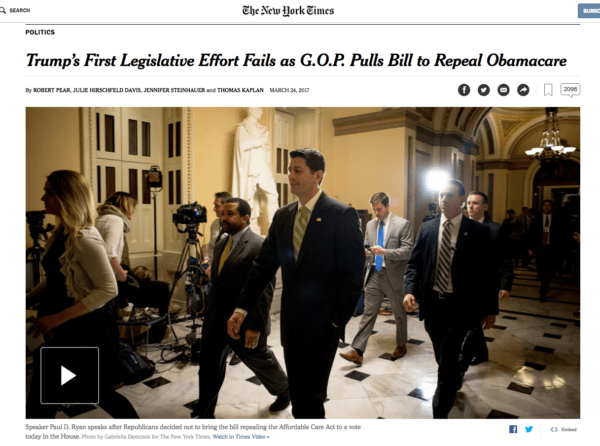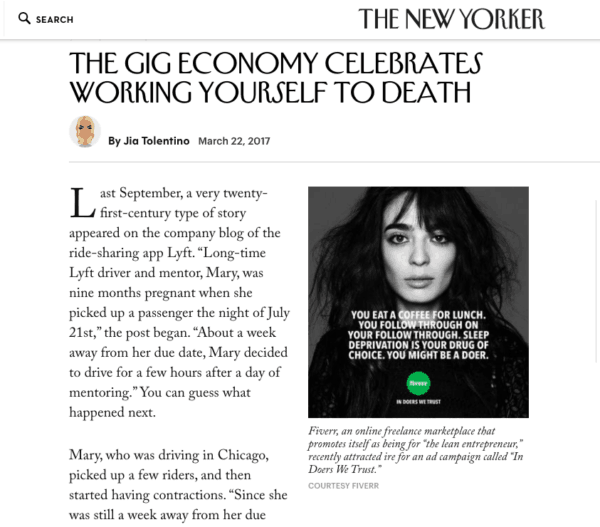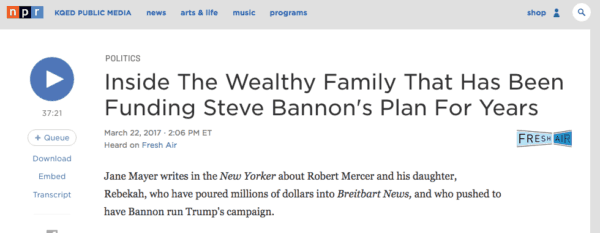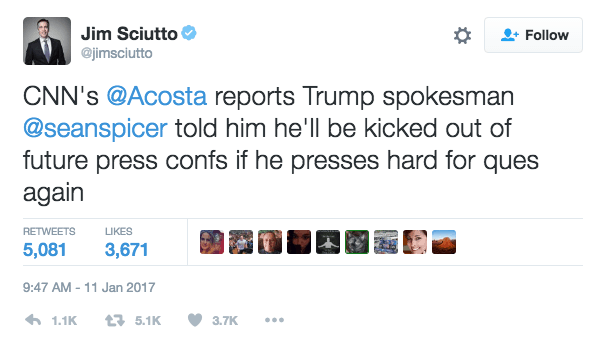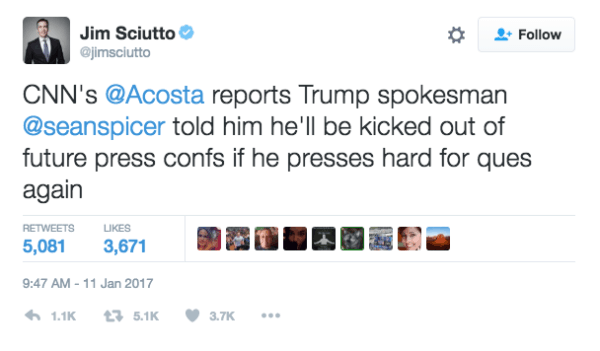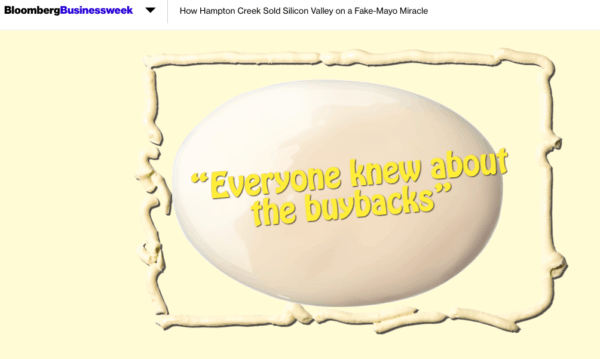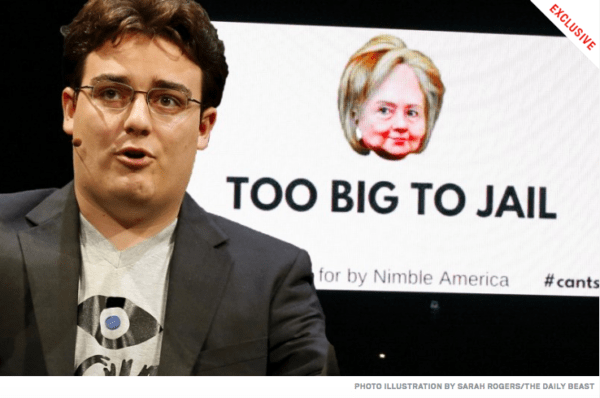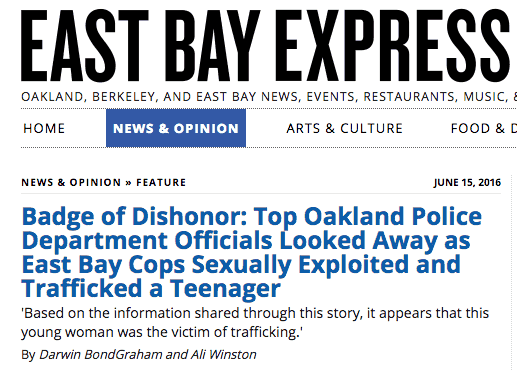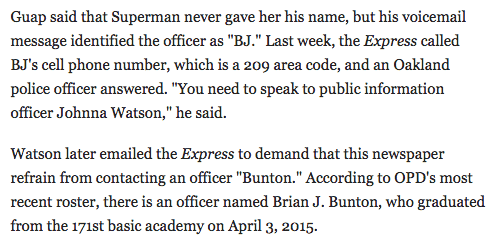
While it’s becoming harder and harder to determine what is “fake news,” the real news has always been there for you in physical newsstands all over your city.
As daily newspapers continue to suffer budget cuts and mass layoffs, they simply aren’t able to cover their communities as thoroughly as they have for decades.
That’s where the weeklies and alt publications come into play. These have become the bedrock of local media, uncovering corruption, giving small businesses a chance to advertise and letting people know when an art gallery is opening.
For PR professionals, alt publications should not be overlooked. The grim reality, as illustrated below by the Denver Post, is that with each day, our journalism counterparts are doing more and more with less and less.
The Denver Post took this group photo to celebrate winning the Pulitzer 5 years ago. Then hedge fund Alden Global Capital bought them. This is who's left after layoffs
Alden has done similar layoffs at San Jose Mercury News, Oakland Tribune & SoCal papershttps://t.co/disuCLbLCs pic.twitter.com/lP2stW9jur
— Mike Rosenberg (@ByRosenberg) March 27, 2018
If you have a hyper-local pitch or a tip that requires a little more investigation, you’re better off picking up the phone and calling your alt-weekly in many cases.
According to the National Newspaper Association, there are more than 7,000 non-daily newspapers in the country, compared to just over 1,400 daily publications. Non-daily newspapers have a circulation of more than 65 million people.
However, these community publications are in dire trouble. Pew Research Center tracks the state of journalism each year, offering a sobering reality. Their most recent findings show that average circulation among the top 20 U.S. alt-weeklies has dipped precipitously from just over 87,000 in 2012 to around 55,000 in 2017.
So what can be done?
1) Newspaper as a nonprofit
Many publications, daily and weekly, have converted into nonprofits in order to still serve their communities.
This eases newspapers of the burden of needing to turn a profit, but also comes with several hurdles. On the bright side, these journalistic entities aren’t beholden to shareholders and won’t be subject to mass layoffs out of need to be in the black.
However, this isn’t a perfect solution. In this model, newspapers lean heavily on benefactors, readers and other donors. It can be hard to remain stable when funding can change drastically from year-to-year.
While many papers have become nonprofits (or at least started the process), it’s too soon to say whether or not this is viable long-term. Some outlets have even turned to crowdfunding platforms such as Kickstarter to bankroll projects.
2) Refocus on strengths
Washington City Paper might be one of the lucky ones. Purchased last year by VentureHouse CEO Mark Ein, the new owner believes in the publication’s ability to connect with readers.
Most newspapers are purchased by firms that just want to run it like a traditional business, bleed it for profit, then flip to a high bidder. Rinse, lather, repeat. Reporters get laid off, corruption goes uncovered, underserved communities remain ignored.
But Ein purchased Washington City Paper (a mainstay in our nation’s capital since 1981) with the vision of staying out of editorial decisions. But even with a focus on high-quality coverage, there’s still plenty of room for a publication to be financially viable.
Recode wrote about Ein’s plans for the newspaper earlier this year:
“Arts organizations currently provide about 80 percent of the paper’s advertising revenue,” Ein said. But there’s another audience that buys twice as many tickets in town, sports fans, so he hopes to attract ad money from that side of the aisle by adding a sports section that will cover the behind-the-scenes-story of the athletes and the teams.
3) Tax Facebook and Google
Facebook has been on somewhat of a public apology tour this year, after the proliferation of “fake news” spread like wildfire on the network.
CEO Mark Zuckerberg has vowed to make things right after the Cambridge Analytica scandal. Facebook has even turned to traditional media, airing a commercial promising to make changes and restore quality to the site.
As recently as August 2017, Pew found that 67 percent of Americans polled said they get at least some of their news from social media. Publishers are increasingly called to post stories to Facebook, but on Facebook’s terms.
If Facebook really wants to settle the score, it can pay up. A blossoming idea is for social media platforms, which have received so much content from media publishers, to be taxed, with money going back into newsrooms.
“Public-media tax on Facebook and Google’s earnings would generate significant resources for a journalism trust fund,” wrote Victor Pickard, Associate Professor of Communication at the Annenberg School for Communication, in The Nation. One percent of their 2017 net income, which these firms could certainly afford, would yield $159.34 million from Facebook and $126.62 million from Google/Alphabet, a combined $285.96 million. This money could seed an endowment for independent journalism, especially if combined with other philanthropic contributions from foundations and benefactors that accumulate over time.
Facebook and Google have already started such efforts, but more can be done. Google has earmarked $300 million over three years for its News Initiative, aimed at battling misinformation and helping media outlets monetize their content. Facebook has also announced a $3 million journalism accelerator, but it’s to help organizations build content on the social network.
This is far from an easy situation to solve, but definitely a worthwhile one.
By Justin Lafferty


